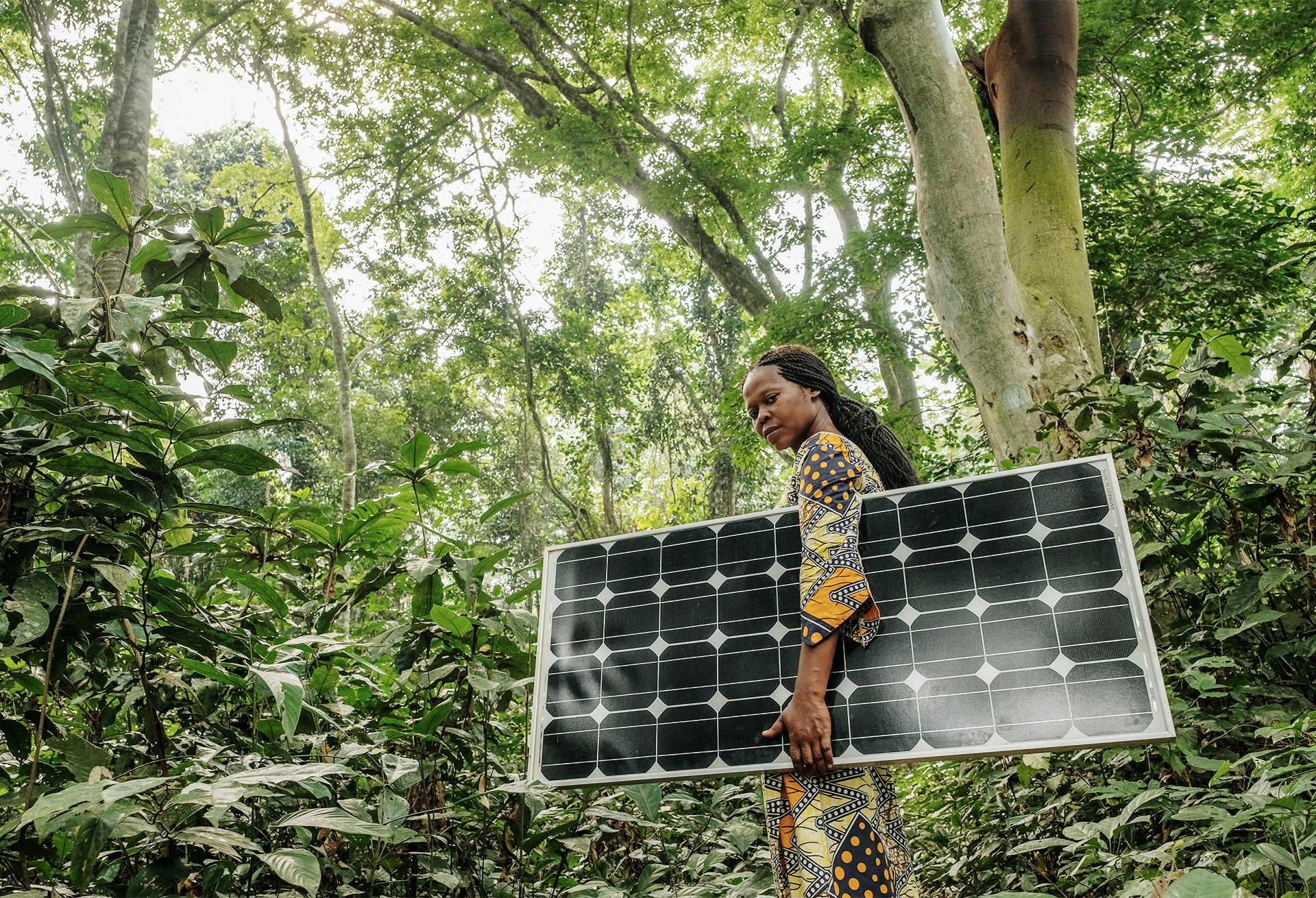The GIIN Investor Forum 2019 will be held in Amsterdam on 2-3 October. This is the largest global gathering of Impact Investing professionals. In preparation for the event, NpM, Platform for Inclusive Finance, took the opportunity to interview Giselle Leung, Managing Director at the GIIN, to discuss the importance of partnerships in Impact Investments and one of this year’s focus point at the Investor Forum: Climate & the Environment.

‘‘We are thrilled to return to Amsterdam, it has such a vibrant investment community. We are also excited to bring participants from all around the world into your backyard.’’ – Giselle Leung, the GIIN.
NpM: Can you specify the role of Impact Investment in the face of climate change?
Giselle Leung: Climate change is the most pressing challenge we are facing at this moment. It is the greatest threat affecting everyone. We can’t rely on resources of government and philanthropy alone to provide the solution needed. The scale of the challenge is vast. Investors need to realize their role in climate change as either part of the problem or part of the solution.
Impact Investing provides the opportunity for investors to put their capital to work to help address climate change. Through Impact Investing, investments can be made in clean energy, sustainable forestry, energy efficiency or other innovative solutions.
In order to tackle and delay the impact of climate change, we need to put capital to work towards solutions. It is one way, for example, to divest from fossil fuel, but in order to generate a positive impact, we need to do more as investors to really strive towards a positive impact.
NpM: What are opportunities for impact investors to address climate change in emerging markets?
GL: Opportunities for Impact Investors to address climate change exist around the globe, whether in emerging markets or developed markets. But there is much need for investment in emerging markets.
A few examples where we see capital flowing towards emerging markets: first, investors are building micro-grids in Sub-Saharan Africa. Micro-grids provide clean energy to thousands of people who used to rely on kerosene or wood fire for cooking, heat and light. We know the adverse effect of kerosene, which is not only contributing to pollution but also to its adverse effect on health as it can lead to respiratory problems.
Another example is sustainably managed plantations in South-East Asia. Which is essentially aimed to prevent deforestation by better farm practices and at the same time provide jobs to local communities.
A last example is sustainable forestry, which through sustainable practices really helps with increasing carbon sequestration.
NpM: What are key ingredients for platforms, such as the GIIN, to be able to adapt to rapid developments in economic, societal, technological and environmental spheres?
GL: What is most exciting about a network organization is that it serves a role as a platform to bring different actors together. It provides great opportunities for those that are part of a network to share their experiences and to share what they are learning.
I think, first and foremost, providing connective tissue and networking opportunities by strengthening the community of stakeholders is the most important role a network organization can play.
Another important ingredient is to be able to have a bird’s-eye view of any stakeholder issue or topic. For example, the GIIN publishes the Annual Impact Survey which presents the current activity in the Impact Investing market. It highlights what is happening, trends, challenges and opportunities in Impact Investing, which is a way of sharing that knowledge. Network organizations can also think of activities that a platform can provide for the members to engage with each other.
From the perspective of GIIN, while we want to be responsive to investors requests, it is also important to take on a leadership role in providing a point of view about what the market needs. For example, the GIIN is seeing great momentum and lots of interest and activity in Impact Investing over the past few years. With various kind of investors expressing an interest in Impact Investing, ranging from mainstream investors to high net worth individuals.
We have laid out in the Roadmap the collective action agenda for Impact Investing for the next decade. One of the priorities is to safeguard and strengthen the identity of Impact Investing, as many different players are entering the field. In April we launched the Core Characteristics of Impact Investing, which help onboard new investors by setting out the basic expectations to participate in Impact Investing.
NpM: Do new actors in the space influence the future of Impact Investing? Do you foresee a central role for additional and more varied partnerships?
GL: I think it is very exciting to see it gaining traction and to see the momentum in Impact Investing. This is an indication of more investors aligning their investments with their values, or at least with a vision of how they want the world to be. Giving the scale of the challenges facing communities around the world, which besides climate change is also poverty, equality and lack of access to basic services, we need to put capital to work as a force of good.
In Impact Investing one of the strengths of the industry is the diversity of actors. We are operating in an ecosystem consisting of different types of investors and industry builders with different focus. This is necessary to advance the industry.
It presents opportunities which are powerful and impactful for different organizations to leverage their own strengths and partner together.
An example of partnering is in blended finance, where a foundation or government may invest alongside a pension fund or insurance company in investment opportunities. There are examples where this leads to raising additional investment capital. This type of cross-investment collaboration has the potential to steer capital to solutions which otherwise wouldn’t be able to get the type of investment and financing they need.
Other examples of partnerships, in the perspective of industry development, are in impact management and measurement. Investors and industry builders come together to think about what tools and resources are needed to define and support good practice in that area.
The GIIN Roadmap for the future Impact Investing is a collective action agenda. This means that if we’re going to substantially scale the Impact Investing industry and steer its development, this will require new investment products, education and enabling policies with strong practices in impact management. There is a role for different actors to play, whether it’s investors, policymakers, government or researchers. In this we see how momentum and traction can lead to collaborative efforts.






